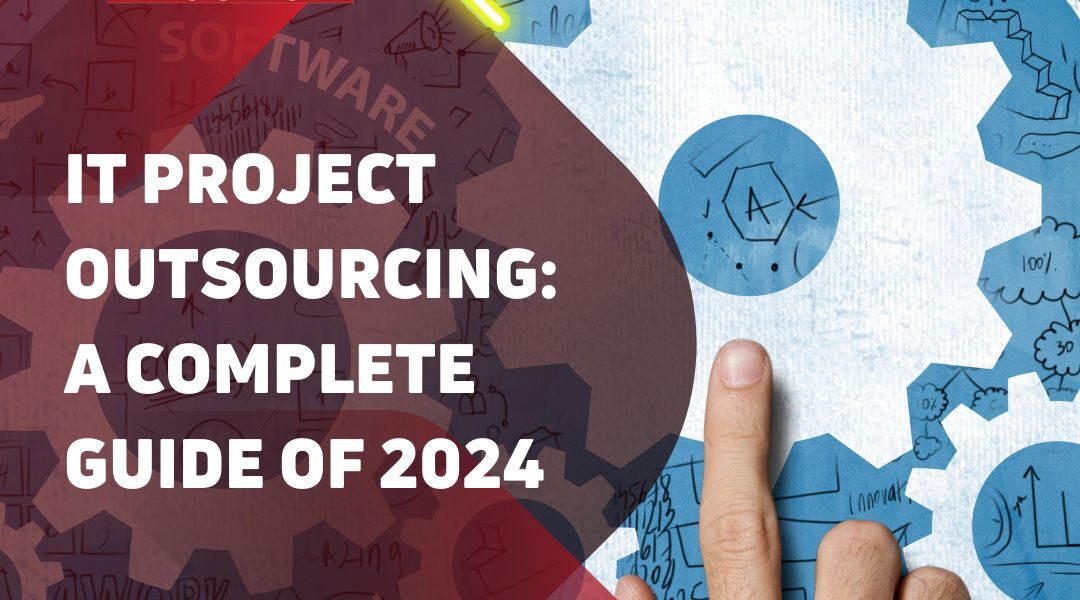Backend developer – sounds technical? The role of a backend developer is highly technical and vital in the tech industry today.
With front-end getting most of the attention, its actually the backend developers who are working hard to ensure smooth running behind the scenes. From managing databases to writing server-side logic, back-end developers are the unsung heroes that keep web applications functional and efficient.
Interested to know more about backend developers? We will explore the primary duties, necessary competencies, and the route to becoming a prosperous back-end developer in this comprehensive manual.
This guide includes something for every level of coder, from novices to experts seeking to specialize. So grab a seat, and let’s explore the exciting field of back-end programming!

The Basics – What is Back-End Development?
Back-end development deals with the server, database work, and application process design. Its developers help index and map the front end, where users interact with the application, to enable it to perform its functions. They also build a site’s support structure, ensuring that the user-end browser processes information from the server side correctly.
Key Components
Back-end developers work with the servers and the back-end of web applications, ensuring smooth processes. This process involves managing client—and server-side applications, databases, and other logic that power the front end through which users are served.
The server’s task is to take the request from the client, which is sometimes a browser, and then facilitate a response. On the server side, one commonly utilizes languages such as Python, Ruby, Java, PHP, and Node. Js.
MySQL databases are very important for back-end developers as they store, sort, and provide the information displayed on a website’s front end. Various commonly used databases include MySQL, PostgreSQL, MongoDB, SQLite, and others.
These databases make information easier to access and update as and when required. Since application logic processes are at the heart of the application, the major processing function is derived from them. This pertains to the set of operations and instructions that handle data and give outputs, which is the primary working mechanism of the application.
Backend developers require relevant programming language skills, knowledge of database administration, and the ability to establish and maintain the program’s control, which forms the foundation of efficient web applications. These features combined make up the adequate skills that ensure the right performance and reliability of web applications.
Role of a Backend Developer
The roles encompass the responsibilities of developing, designing, and maintaining a back-end infrastructure for servers and databases, as well as managing applications. The developers and web coders are tasked with writing server-side code for application logic and integrating front-end functionalities implemented by other team members.
Backend developers also perform database development and administration services to properly store, access, and manipulate various pieces of data. These backend development services are crucial to ensure smooth functioning.
Another critical area of focus is guaranteeing application performance and scalability, tasks that refer to matching the application to additional traffic while prompting it to run faster. On the same note, back-end developers apply security practices to encode data to shield the application from breaches and invasion.
Skills Needed to Become a Backend Developer
Technical skills for a backend developer may comprise basic computer literacy, coding, data structures, algorithm development, and problem-solving skills.
- A range of specialized skills and advanced knowledge of programming languages like Python, Java, Ruby, PHP, Node, and many others are also required.
- SQL and NoSQL are widely spread databases, including MySQL, PostgreSQL, and MongoDB, and to manage these systems effectively, one needs to have a certain amount of knowledge.
- It is important to be familiar with version control systems, such as Git, used for versioning changes made by developers, etc.
- Two types of APIs are preferable for integrating the different sections of the software: RESTful APIs and SOAP APIs.
- Some of the general prerequisites that can be beneficial include experience in server environments and server-side frameworks, as these may help in handling matters relating to the server.
- Finally, data security should always be another crucial component to prevent data breaches and attacks that may render the application unmaintainable or cause users to question its reliability.
Steps to Become a Backend Developer
To become a back-end developer, follow these steps:
- Learn a Programming Language: Start by learning one of the most popular current programming languages, Python and Java, usually used in the back end. The basics of these languages are understood by forming your basic structures for learning them.
- Understand Databases: Understand the difference between SQL and NoSQL databases. Understanding how data should be arranged and managed appropriately is one general skill that can help create a useful back end.
- Master Server-Side Frameworks: Different programming languages correlate with certain frameworks worth exploring for professional use. For example, when programming in Python, using web frameworks such as Django can prove advantageous as it reduces the amount of code to be written.
- Practice Version Control: Learn Git and its online platform, GitHub. Version control systems are important for managing code alteration history, collaborating with other developers, and ensuring efficient project releases.
- Build Projects: Put your expertise into practice by constructing projects. Gaining hands-on experience to enhance understanding of the course material and correlate theoretical concepts with actual scenarios is highly advisable.
- Stay Updated: Technology is a broad and fast-growing field, with millions of users interning devices daily. It is advisable to continually hone your skills and learn new market trends to ensure that you become relevant as a forensic analyst.
Applications and Services a Backend Developer Needs to Master
- Custom API Development: Special Business frameworks should be developed as APIs to address business requirements and facilitate connectivity of various architecture components.
- Database Management: Plan and implement efficient relations to fit into the database so that the data output is efficient and coherent.
- Server Configuration and Maintenance: Manage and configure specimen server platforms required to deploy and run web applications fluently.
- Security Enhancements: Strong security measures against associated threats or risks should ensure that all data is safe from loss.
Challenges for Backend Developers
Like backend engineers, backend developers also face hardships. Here are some challenges that backend developers normally face.
- Scalability is a major issue in this field. The capacity to handle scalability or expansions is necessary to ensure that the applications can effectively manage growing traffic and larger amounts of data. It also ensures a good user experience and is critical when designing the system.
- Another challenge would be security issues, as security threats are real in back-end development platforms, where issues such as SQL injection, cross-site scripting, and data breaches are a reality. Due to the threats and risks inherent in software development, incorporating strong security standards is recommended to mitigate these threats and ensure data security.
- Since back-end systems work in higher volumes and possibly more complex data inputs and processing conditions, performance optimization is important in increasing efficiency. This entails minimizing response times and avoiding bottlenecks such as slow queries to enhance economical and effective performance and, at the same time, optimize customer satisfaction.
Tools Needed by the Backend Developer
In back-end development, various tools and technologies can aid developers in their tasks:
- Complex IDEs and text editors, such as PyCharm, IntelliJ IDEA, and Visual Studio Code, include tools for writing, debugging, and testing algorithms.
- Data tools, such as phpMyAdmin, pgAdmin, and Robo 3T, help organize databases and perform many operations.
- Tools such as Git, GitHub, and GitLab allow developers to manage changes and the different versions of an application or code and split the tasks into iterations.
- Unit Testing Frameworks are also crucial. These include the Java Unit Testing Framework JUnit, the Python Unit Testing Framework PyTest, and the Node JS Unit Testing Framework Mocha. Js helps developers automate various aspects of testing and ensure that the result works as intended.
Looking to Hire One?
Back-end development is an area that does a substantial amount of work in web applications. Skilled backend developers can enhance your game tremendously!
If you are looking to hire a backend developer, you have come to the right place. At TPLEX, we can get you the best backend developers for the job. Whether you want to hire a team or a single person, we will ensure that we get you a backend developer who matches your needs.
Our experience, coupled with our love for what we do will help us give you exactly what you are looking for! So, contact us today for all your backend development needs!




